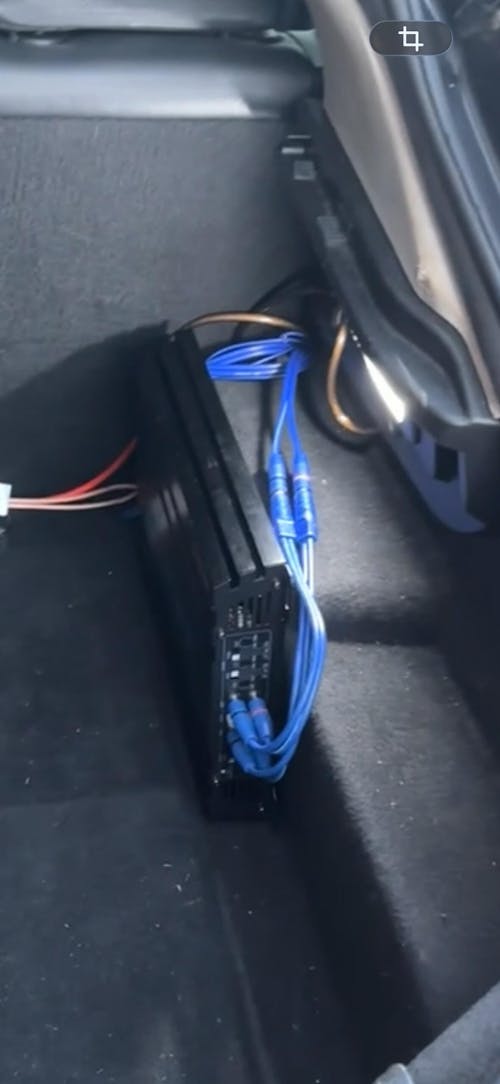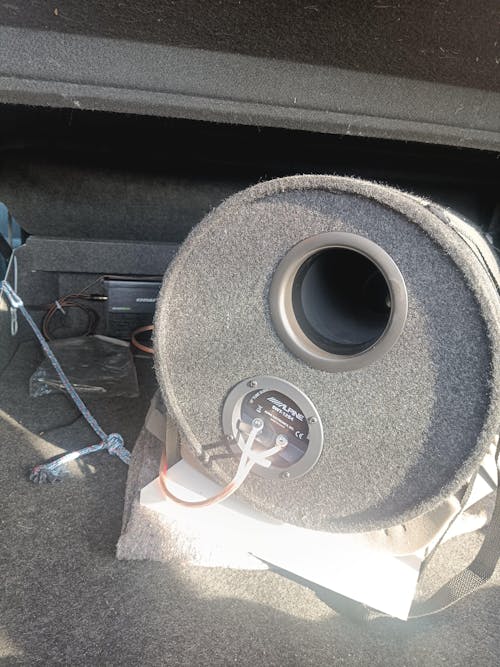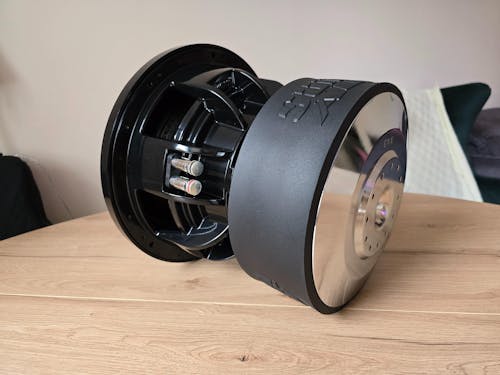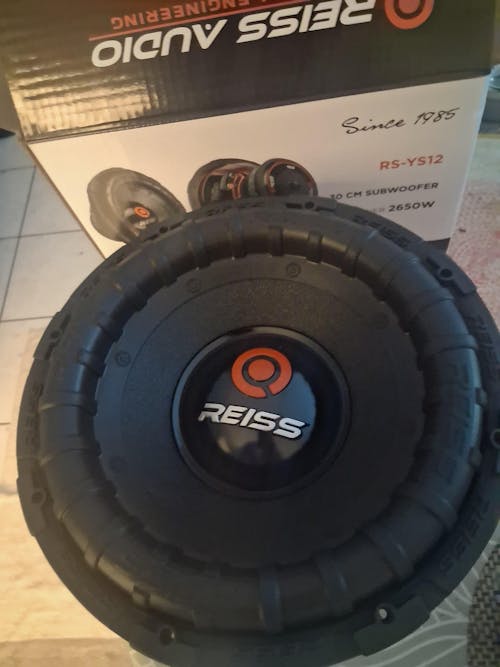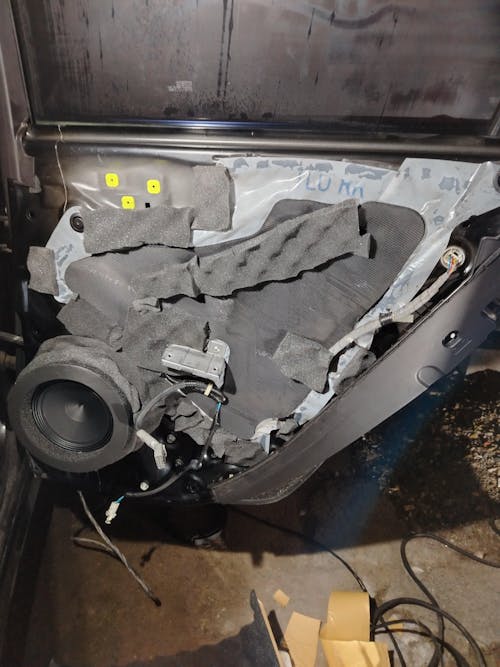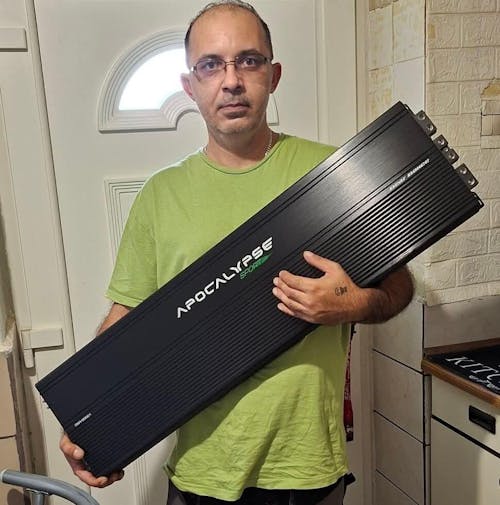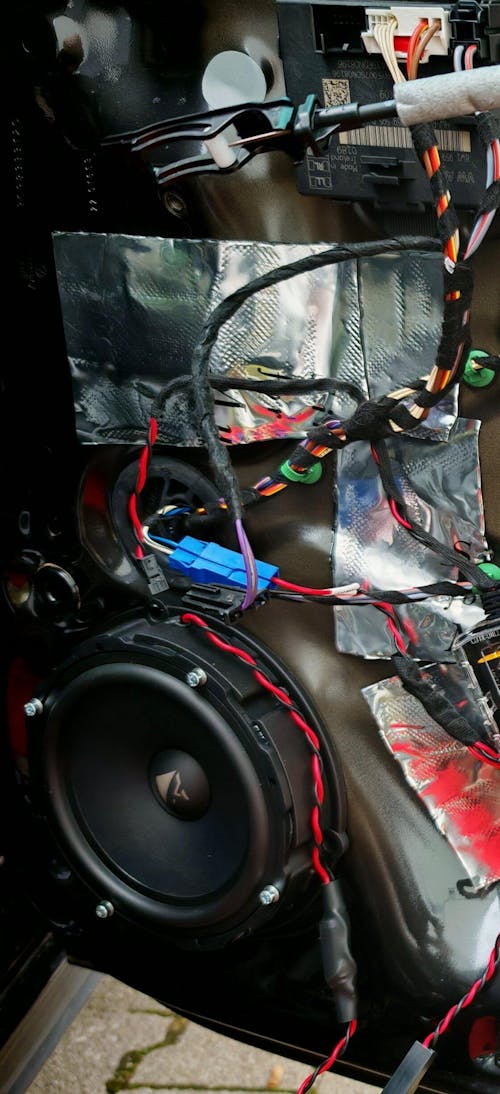-
3000 Watt

 Normal price €299,00Normal price
Normal price €299,00Normal price€299,00Selling price €299,005% Rabatt mit VorkasseDelivery to HomeDec 19, - Dec 20, -
900 WattSALE -10%

 Normal price €351,81Normal price
Normal price €351,81Normal price€390,90Selling price €351,815% Rabatt mit VorkasseDelivery to HomeDec 19, - Dec 20, -
100 Watt

 Normal price €109,00Normal price
Normal price €109,00Normal price€109,00Selling price €109,005% Rabatt mit VorkasseDelivery to HomeDec 19, - Dec 20, -
1300 WattSALE -10%
 Normal price €283,41Normal price
Normal price €283,41Normal price€314,90Selling price €283,415% Rabatt mit VorkasseDelivery to HomeDec 19, - Dec 20, -
2000 Watt

 Normal price €299,00Normal price
Normal price €299,00Normal price€299,00Selling price €299,005% Rabatt mit VorkasseDelivery to HomeDec 19, - Dec 20, -
200 Watt

 Normal price €159,00Normal price
Normal price €159,00Normal price€159,00Selling price €159,005% Rabatt mit VorkasseDelivery to HomeDec 19, - Dec 20, -
2500 WattSALE -10%

 Normal price €351,81Normal price
Normal price €351,81Normal price€390,90Selling price €351,815% Rabatt mit VorkasseDelivery to HomeDec 19, - Dec 20, -
1600 WattSALE -10%

 Normal price €249,21Normal price
Normal price €249,21Normal price€276,90Selling price €249,215% Rabatt mit VorkasseDelivery to HomeDec 23, - Dec 28, -
800 Watt

 Normal price €239,00Normal price
Normal price €239,00Normal price€239,00Selling price €239,005% Rabatt mit VorkasseDelivery to HomeDec 19, - Dec 20, -
2000 WattSALE -10%
 Normal price €317,61Normal price
Normal price €317,61Normal price€352,90Selling price €317,615% Rabatt mit VorkasseDelivery to HomeDec 19, - Dec 20, -
5500 WattSALE -10%

 Normal price €602,01Normal price
Normal price €602,01Normal price€668,90Selling price €602,015% Rabatt mit VorkasseDelivery to HomeDec 19, - Dec 20, -
8000 WattSALE -10%

 Normal price €1.394,91Normal price
Normal price €1.394,91Normal price€1.549,90Selling price €1.394,915% Rabatt mit VorkasseDelivery to HomeDec 19, - Dec 20, -
1000 Watt

 Normal price €249,00Normal price
Normal price €249,00Normal price€249,00Selling price €249,005% Rabatt mit VorkasseDelivery to HomeDec 19, - Dec 20, -
290 Watt

 Normal price €211,25Normal price
Normal price €211,25Normal price€211,25Selling price €211,255% Rabatt mit VorkasseDelivery to HomeDec 19, - Dec 20, -
12500 WattSALE -10%

 Normal price €1.308,51Normal price
Normal price €1.308,51Normal price€1.453,90Selling price €1.308,515% Rabatt mit VorkasseDelivery to HomeDec 23, - Dec 28, -
6500 Watt

 Normal price €1.449,00Normal price
Normal price €1.449,00Normal price€1.449,00Selling price €1.449,005% Rabatt mit VorkasseDelivery to HomeDec 19, - Dec 22, -
630 WattSALE -10%

 Normal price €363,51Normal price
Normal price €363,51Normal price€403,90Selling price €363,515% Rabatt mit VorkasseDelivery to HomeDec 19, - Dec 20, -
1000 Watt

 Normal price €699,00Normal price
Normal price €699,00Normal price€699,00Selling price €699,005% Rabatt mit VorkasseDelivery to HomeDec 19, - Dec 20, -
1200 Watt

 Normal price €148,75Normal price
Normal price €148,75Normal price€148,75Selling price €148,755% Rabatt mit VorkasseDelivery to HomeDec 19, - Dec 20, -
140 Watt

 Normal price €1.149,00Normal price
Normal price €1.149,00Normal price€1.149,00Selling price €1.149,005% Rabatt mit VorkasseDelivery to HomeDec 20, - Dec 23, -
12560 Watt

 Normal price €1.299,00Normal price
Normal price €1.299,00Normal price€1.299,00Selling price €1.299,005% Rabatt mit VorkasseDelivery to HomeDec 19, - Dec 22, -
3500 WattSALE -10%

 Normal price €408,51Normal price
Normal price €408,51Normal price€453,90Selling price €408,515% Rabatt mit VorkasseDelivery to HomeDec 23, - Dec 28, -
120 WattSALE -10%

 Normal price €245,61Normal price
Normal price €245,61Normal price€272,90Selling price €245,615% Rabatt mit VorkasseDelivery to HomeDec 19, - Dec 20, -
2200 Watt

 Normal price €248,75Normal price
Normal price €248,75Normal price€248,75Selling price €248,755% Rabatt mit VorkasseDelivery to HomeDec 19, - Dec 20, -
600 Watt

 Normal price €199,00Normal price
Normal price €199,00Normal price€199,00Selling price €199,005% Rabatt mit VorkasseDelivery to HomeDec 19, - Dec 20, -
140 Watt

 Normal price €499,00Normal price
Normal price €499,00Normal price€499,00Selling price €499,005% Rabatt mit VorkasseDelivery to HomeDec 19, - Dec 20, -
1500 WattSALE -10%

 Normal price €511,11Normal price
Normal price €511,11Normal price€567,90Selling price €511,115% Rabatt mit VorkasseDelivery to HomeDec 19, - Dec 20, -
105 Watt

 Normal price €159,00Normal price
Normal price €159,00Normal price€159,00Selling price €159,005% Rabatt mit VorkasseDelivery to HomeDec 19, - Dec 20, -
1500 Watt

 Normal price €289,00Normal price
Normal price €289,00Normal price€289,00Selling price €289,005% Rabatt mit VorkasseDelivery to HomeDec 19, - Dec 20, -
1000 Watt

 Normal price €539,00Normal price
Normal price €539,00Normal price€539,00Selling price €539,005% Rabatt mit VorkasseDelivery to HomeDec 19, - Dec 22, -
50 WattSALE -27%
 Normal price €169,00Normal price
Normal price €169,00Normal price€230,00Selling price €169,005% Rabatt mit VorkasseDelivery to HomeDec 19, - Dec 20, -
225 Watt

 Normal price €199,00Normal price
Normal price €199,00Normal price€199,00Selling price €199,005% Rabatt mit VorkasseDelivery to HomeDec 19, - Dec 20,
Brauche ich wirklich einen externen Verstärker?
Brauche ich wirklich einen externen Verstärker?
Was ist besser – Class-D oder Class-AB?
Was ist besser – Class-D oder Class-AB?
Kann ein Verstärker mehrere Lautsprecher und einen Subwoofer versorgen?
Kann ein Verstärker mehrere Lautsprecher und einen Subwoofer versorgen?
Wie viel Leistung brauche ich?
Wie viel Leistung brauche ich?
Kann ein zu schwacher Verstärker schaden?
Kann ein zu schwacher Verstärker schaden?
Lohnt sich ein Verstärker mit integriertem DSP?
Lohnt sich ein Verstärker mit integriertem DSP?
Wo baue ich den Verstärker am besten ein?
Wo baue ich den Verstärker am besten ein?
Kann ich den Einbau selbst übernehmen?
Kann ich den Einbau selbst übernehmen?




































































